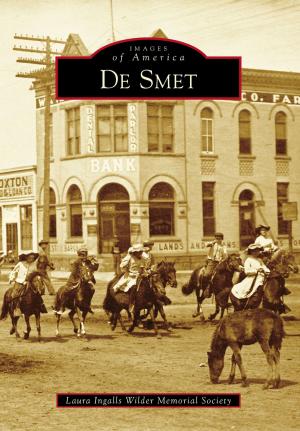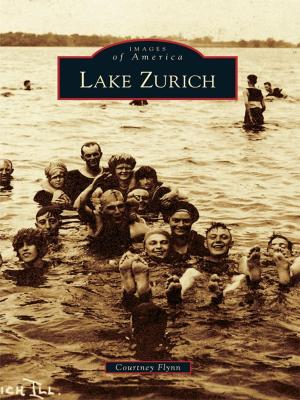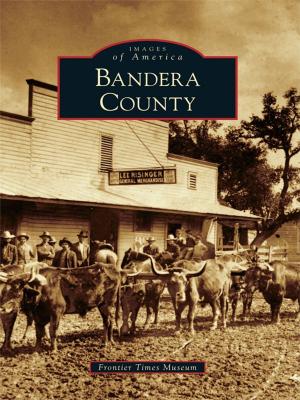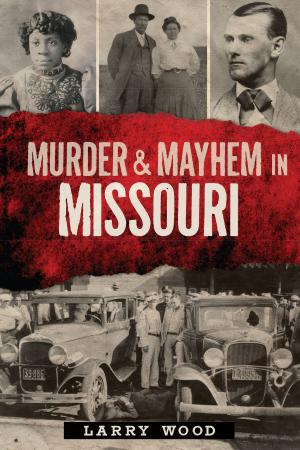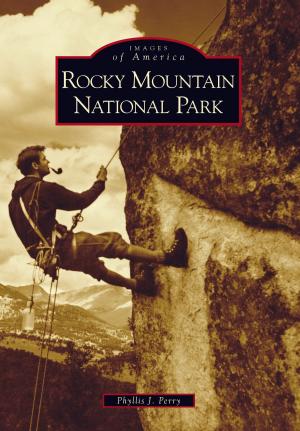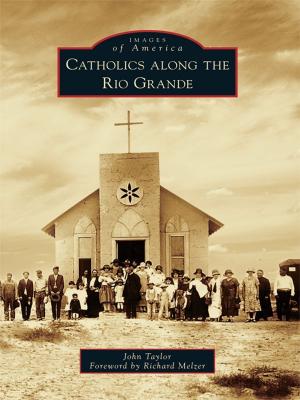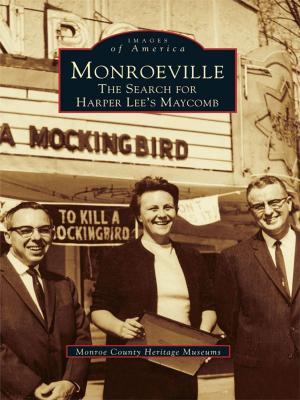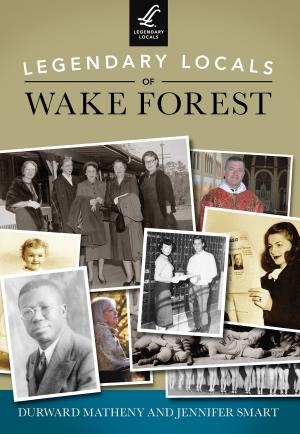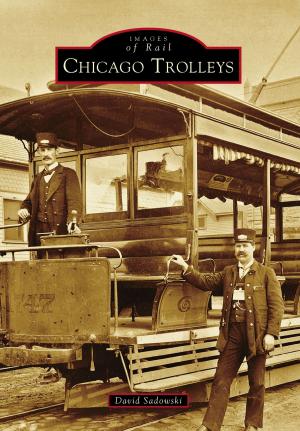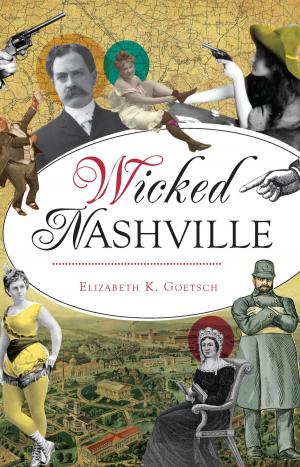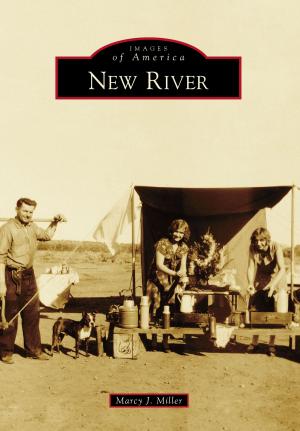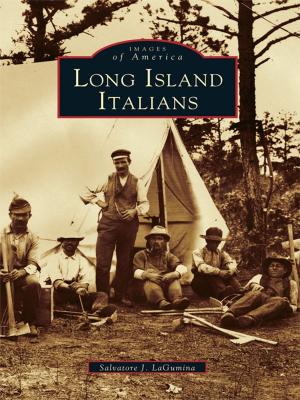| Author: | Forrest Hershberger | ISBN: | 9781439640494 |
| Publisher: | Arcadia Publishing Inc. | Publication: | March 7, 2011 |
| Imprint: | Arcadia Publishing | Language: | English |
| Author: | Forrest Hershberger |
| ISBN: | 9781439640494 |
| Publisher: | Arcadia Publishing Inc. |
| Publication: | March 7, 2011 |
| Imprint: | Arcadia Publishing |
| Language: | English |
The city of Sterling in northeast Colorado is at a crossroads of several trails historically and modern roads and highways today. The area was once inhabited by the Arapahoe, Cheyenne, Crow, Blackfoot, Sioux, Kiowa, and Pawnee tribes. The earliest Europeans were fur trappers on their way to the Colorado Mountains. The Sterling area is also noted for one of the final battles of the Indian wars, the battle of Summit Springs, between Tall Bull�s Cheyenne Dog Soldiers and Col. Eugene A. Carr and the U.S. Army, southeast of Sterling on July 11, 1869. Today the city of Sterling is the county seat for Logan County. It is located at the junction of the South Platte River, Interstate 76, and Highways 6, 14, 61, and 138. Its history as an agricultural community is still a vital part of the economy and culture. Many of the celebrations seen in this book are annual events today, including the county fair and Sugar Beet Days.
The city of Sterling in northeast Colorado is at a crossroads of several trails historically and modern roads and highways today. The area was once inhabited by the Arapahoe, Cheyenne, Crow, Blackfoot, Sioux, Kiowa, and Pawnee tribes. The earliest Europeans were fur trappers on their way to the Colorado Mountains. The Sterling area is also noted for one of the final battles of the Indian wars, the battle of Summit Springs, between Tall Bull�s Cheyenne Dog Soldiers and Col. Eugene A. Carr and the U.S. Army, southeast of Sterling on July 11, 1869. Today the city of Sterling is the county seat for Logan County. It is located at the junction of the South Platte River, Interstate 76, and Highways 6, 14, 61, and 138. Its history as an agricultural community is still a vital part of the economy and culture. Many of the celebrations seen in this book are annual events today, including the county fair and Sugar Beet Days.

